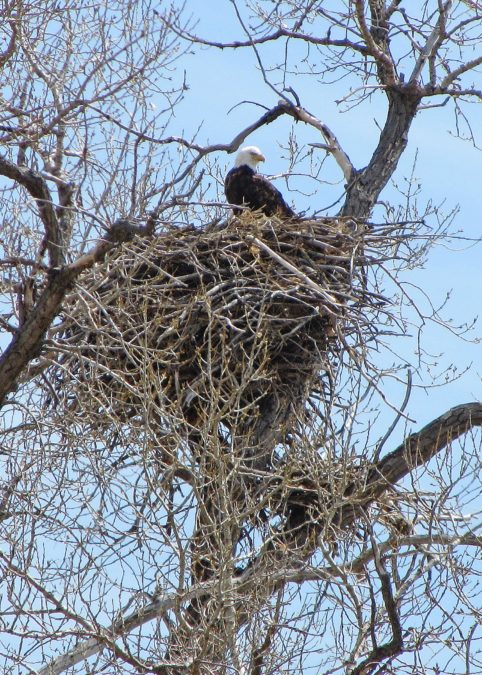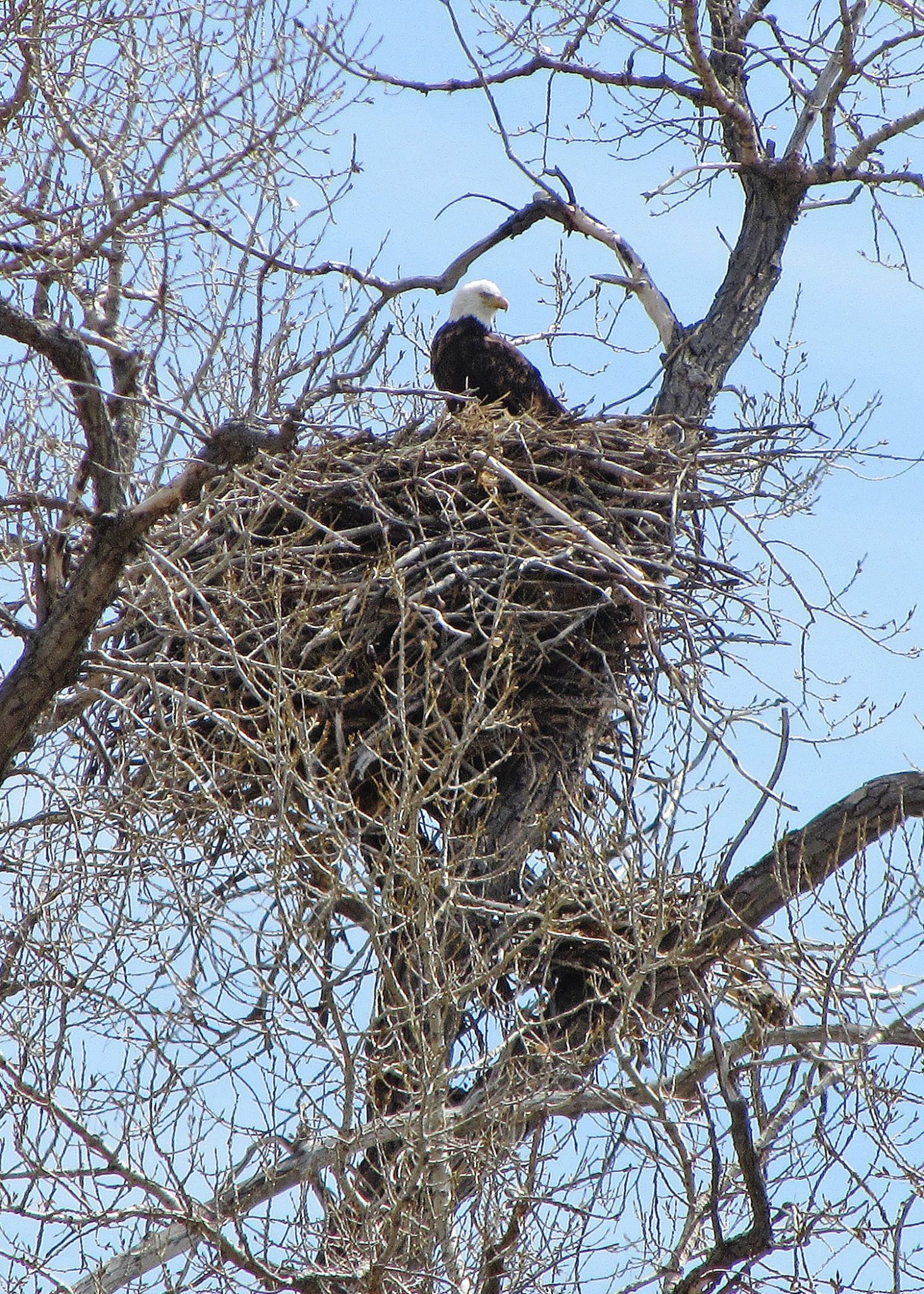The first robin sighting of the year is one sign queuing up the exit of winter.
And while it’s true that you might spot a robin in North Dakota at any time of year, they are a welcome sign that spring is approaching and winter is on the way out.
In recent years we’ve started to redevelop another bird-related sign of spring that for decades was missing from the state – the return of bald eagles to their nests. While not nearly as numerous as robins, their presence at their nests this time of year is another legitimate confirmation of winning the war on winter.
In fact, if you spot eagles at a nest, the North Dakota Game and Fish Department would like to know about it, not to track eagle return dates, but to make note of all the active eagle nests in the state.
The state had approximately 170 eagle nests in 2015, which is an amazing number considering this bird once flirted with extinction. Sandra Johnson, Game and Fish conservation biologist, said eagles are actively incubating eggs in March and April and it’s easy to distinguish an eagle nest because of its enormous size.
Johnson emphasizes that Game and Fish is interested in locations of nests with eagles present, and not random sightings of individual eagles. “While bald eagles were removed from the Endangered Species List in 2007, it’s still important to keep an ongoing list of nesting birds to make sure they are not heading back the way they came,” Johnson said.
Historically, eagle nests were found along the Missouri River. When the bald eagle was listed under the Endangered Species Act in 1978, North Dakota had no known nesting pairs and hadn’t for quite some time.
As of last spring, 42 of the state’s 53 counties had at least one documented active eagle nest. These nests are typically located near rivers, streams and mid- to large-sized lakes, but they are also found in unique areas such as shelterbelts surrounded by cropland or pasture.
Following the bald eagle’s listing as an endangered species in 1974, it wasn’t until the late 1980s that North Dakota had its first documented pair of nesting bald eagles observed along the Missouri River between Garrison Dam and Bismarck.
Eventually bald eagles made enough of a recovery to be upgraded from endangered, or on the brink of extinction, to threatened status, which meant their population had improved but could still slip back to endangered.
By 1999 the U.S. Fish and Wildlife Service proposed taking the eagle completely off the endangered species list. On June 28, 2007, that proposal was granted. It wasn’t until the mid-2000s, though, that the number of nesting eagles in North Dakota started to climb significantly.
Anyone observing an active eagle nest should report it to Johnson at 701-328-6382, or by email at ndgf@nd.gov.
Observers are asked to not disturb the nest, and to stay away at a safe distance. “It is important not to approach the nest as foot traffic may disturb the bird, likely causing the eagle to leave her eggs or young unattended,” Johnson said.
For those my age or older, it seems like just yesterday that spotting any eagle was a “stop and see” event. It’s certainly a welcome development that those sightings are much more frequent, and the enjoyment is spread out all across North Dakota.




